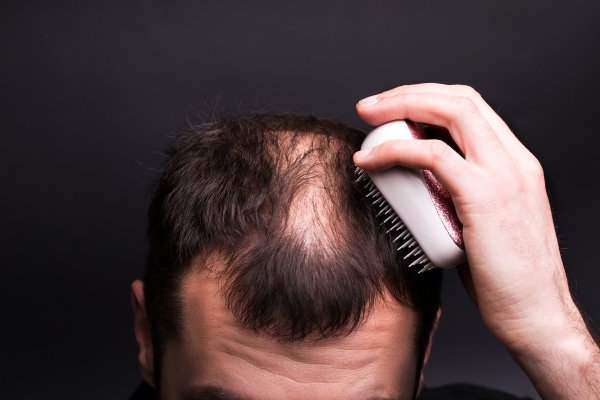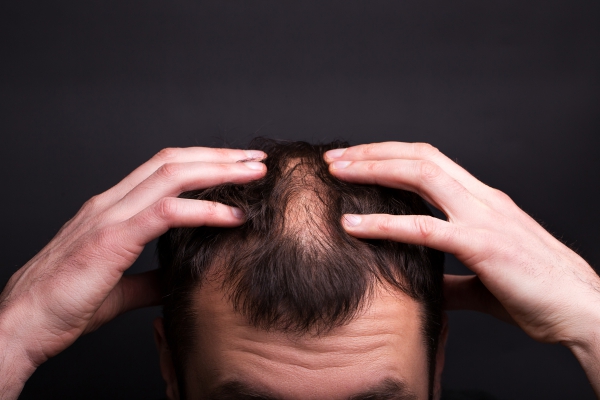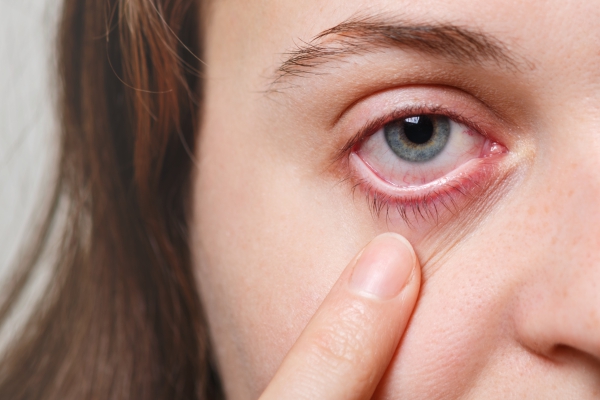What is alopecia?
Alopecia, also known as alopecia areata, is a recurrent type of hair loss that can affect any area of the body that bears hair. It does not leave any scar and hence is known as a non-scarring type of hair loss. It can happen following different patterns.
Around 0.1-0.2% of the general population suffer from alopecia. This condition accounts for around 0.7-3% of patient visits to the dermatologists. Alopecia affects people from all races. It also affects both men and women, however, there is a slight predominance among women. It can arise at any age, where cases of alopecia has even been reported among babies. However, its peak incidence is from 15-29 years of age.
What are the causes and risk factors of alopecia?
The exact cause of alopecia is unknown. The most accepted hypothesis is that it is an autoimmune condition, meaning that your own body produces cells targeted against your hair. People with alopecia tend to have antibodies that attack hair follicle structures leading to hair loss. Inflammatory cells are also present around hair follicles in people with alopecia areata. Several studies on the condition has reinforced the autoimmunity hypothesis.
Other factors favour a genetic predisposition for alopecia. Around 10-20% of people suffering from alopecia have close family members with the same condition. This relationship is even higher among people with severe forms of alopecia. Therefore, genetic factors tend to play a role in the development of the condition. The role of environmental factors have not yet been established.

Except for a positive family history, there are no other known risk factors for alopecia. Stress is not usually a primary cause of the disease, however, it can trigger its appearance in an already susceptible person.
What are the symptoms of alopecia?
The course of the condition is unpredictable. It can progress differently among different people. Hair loss in alopecia usually occurs as a loss of a hair patch. It is most commonly localized but can involve 2 or more patches in some individuals. The most common site affected by the condition is the scalp, but it can arise at any hair-bearing area of the body, including the beard, the eyebrows and the extremities. Several areas may be affected at the same time.
In most people, the hair loss is not associated with any other symptoms. However, some people may experience a burning sensation or itching in the affected area. Alopecia may manifest in two forms: Localized or extensive alopecia.
Localized alopecia is when less than 50% of your hair-bearing skin is involved. It is usually self-limiting and spontaneous regrowth may occur within a few months with or without treatment.
Extensive alopecia is when more than 50% of your hair-bearing skin is involved. Spontaneous regrowth is unlikely in these cases.
The following conditions may be associated with alopecia:
- Atopic dermatitis
- Vitiligo
- Thyroid disorders
- Diabetes mellitus
- Down syndrome
- Anxiety
- Depression
- Stress

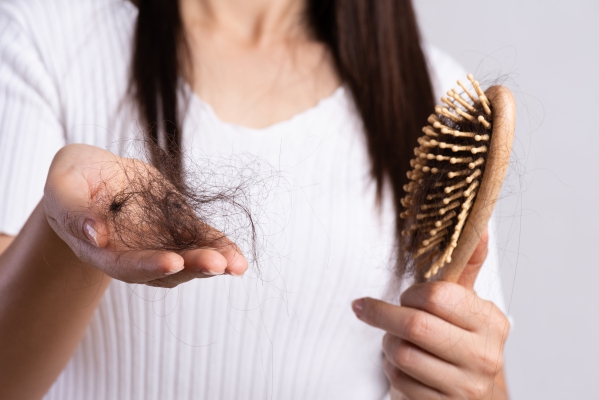
How is the diagnosis of alopecia made?
To make the diagnosis of alopecia, your doctor will start by taking a history from you to know about the course of the disease. He/she will then proceed with a physical examination focusing on the affected skin area. The diagnosis of alopecia is most commonly made only on clinical grounds due to its characteristic appearance.
Rarely, a skin biopsy is performed to confirm the diagnosis.
How is alopecia treated?
Treatment for alopecia is not usually necessary due to its benign nature and likelihood of spontaneous remissions and recurrences. Several treatment options are believed to promote growth of hair but not evidence support whether they can change the course of alopecia. The choice of treatment will depend on your age and severity of the hair loss. Your doctor will know best whether initiating treatment would be of a benefit to you. Some treatment options include the following:
- Corticosteroids: These medications can either be injected in the affected area or applied topically. If you are responsive to the treatment, regrowth may occur after 4-6 weeks. In some cases, oral corticosteroids such as prednisolone may be prescribed.
- Immunotherapy: This treatment option is the most effective in patients with extensive and recurrent scalp involvement. It involves applying a medication on the affected area to provoke an allergic reaction which, for unknown reasons, induce hair growth.
- Minoxidil: This treatment is effective in extensive alopecia areata. Regrowth can occur within 12 weeks of treatment initiation. This treatment is generally well tolerated.
- Hair transplant: Depending on cases, hair transplant may be performed in the management of alopecia. In this procedure, hair is removed from the part of your head that has hair and transplant it to where alopecia is present.

There are several other treatment options that are under investigation and which may be promising. Cosmetic approaches may include the use of wigs or hairpieces. Temporary tattooing may be helpful where eyebrows are lost.
How can alopecia be prevented?
Due to its unpredictable nature, no effective measure of treatment can prevent alopecia from occurring. This is even more complicated when no exact trigger is known.
What is the prognosis for alopecia?
Alopecia areata is a benign condition, however, it usually causes a great burden emotionally as well as psychological distress. People with the condition tend to be self-conscious about how they look and how others see them. If you have this condition and feel that way, it is important for you to talk openly about it to your healthcare provider and they will help you to cope with the condition.

The course of the disease is unpredictable. Some people may experience spontaneous regrowth in previously affected areas after some time. However, if the condition is there for a long time and involves extensive areas, spontaneous regrowth is less likely to occur.
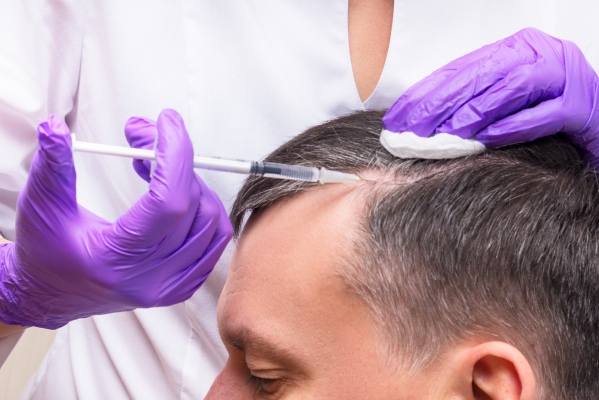
Source:
Bolduc, C., 2020. Alopecia Areata
Darwin E, Hirt PA, Fertig R, Doliner B, Delcanto G, Jimenez JJ. Alopecia Areata: Review of Epidemiology, Clinical Features, Pathogenesis, and New Treatment Options. Int J Trichology. 2018 Mar-Apr. 10 (2):51-60.
Muller SA, Winkelmann RK. Alopecia areata. An evaluation of 736 patients. Arch Dermatol. 1963 Sep. 88:290-7.
